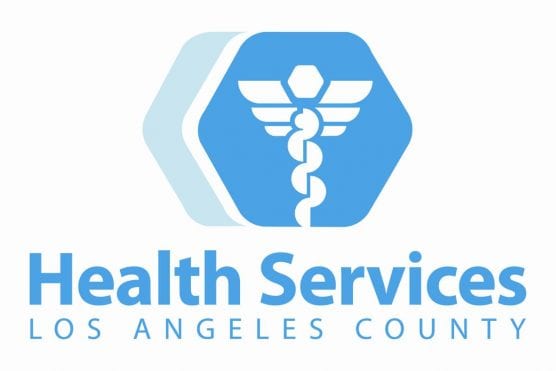The Los Angeles Times on Wednesday published what the Los Angeles County Department of Health Services called a “misleading” article about the county’s specialty care system.
In a statement Wednesday afternoon, DHS officials said the article was “a misleading and sensationalistic story that ignores the overwhelming evidence showing DHS has greatly improved its specialty care system to provide on-time consultations and procedures in the vast number of cases.”
Read the L.A. Times story here.
The rest of the DHS statement follows:
From the beginning, the reporters made it clear in emails and comments to DHS staff that they had their minds made up and were out to prove a premise that the specialty care system was flawed. Their sidebar story now makes that clear.
As they looked for justification, filing more than a dozen public records requests for hundreds of thousands of records, they ultimately focused their analysis on a small subset of cases that represent less than a third of all new specialty care visits.
Even then, they did not give adequate consideration to the fact, that in about 10% of these cases, delays calculated by The Times included factors outside of DHS control, such as the inability to reach patients after multiple attempts or when patients themselves asked for a later appointment.
Thus, their reporting, which purports to represent the entire specialty care system, does not include the majority of the nearly one million specialty care visits we handle each year.
The facts are these:
* Since 2017, DHS has dramatically revamped its system for scheduling non-emergency specialty care appointments. As a result, we cut our time for making initial patient contact to schedule an appointment from 24 to five days.
* For the 30% subset of cases that used telemedicine, and which was the focus of the Times’ analysis, a medical expert gave initial advice within an average of 2.1 days. If that advice included the need for an in-person visit, three-fourths of those appointments were scheduled within the medically acceptable timeframe.
* Of the other 70% of the cases not handled through telemedicine, nearly three-quarters of the specialty care patients were seen by a specialist within a month. Half are seen within 15 calendar days.
* DHS has continued to expand access to specialty care, increasing our staffing with the addition of more than 170 specialist providers over the past six years.
While the cases cited in the article are complex and heartbreaking, they are not representative of the care provided by DHS today. They were carefully cherry-picked from the era before DHS made major changes to specialty care scheduling. We told The Times this but it ignored us.
We further informed The Times that, while we provided copies of the full medical records to patient families, privacy laws prevented us from discussing pertinent details about the cases directly with the reporters. Although we were unable to correct their skewed description of the cases, we warned them repeatedly that the versions they presented in some cases failed to account for crucial extenuating information – including patient choices that delayed care.
The examples also drew simplistic and medically untenable connections between scheduling of specialty care and the causes of death.
Despite our repeated warnings to the reporters and their editors, The Times insisted on using the examples in an emotionally charged way to paint a false picture of DHS performance.
We also gave them a list of experts who had studied the system, including a nationally recognized Harvard Medical researcher. They quoted none of them.
No health system is perfect. We fully acknowledge that although it is a great improvement, our new scheduling system has its own limitations. Yet our use of telemedicine for specialty care consultations is considered state-of-the-art.
Our biggest health plan recently rated us at greater than 90% compliance in non-urgent specialty care access. Our telemedicine system has been highlighted in academic studies, panel discussions at professional conferences and given awards by government and healthcare organizations. Most recently, it won the 2020 Innovation Award from the National Association of Counties for “Precision Scheduling – Right Care at the Right Time.”
We told The Times all of this. It ignored these facts. We believe its decision was journalistically irresponsible and a disservice to Times readers.
We are focused on continuing to improve the DHS system of care for all patients. We remain committed to the use of telemedicine and will redouble our efforts on systems improvement in the service of our mission. Meanwhile, we want our patients to have the confidence that DHS delivers the specialty care they need.
About the Los Angeles County Department of Health Services
The Los Angeles County Department of Health Services is the second-largest municipal health system in the nation. Through its integrated system of 26 health centers and four hospitals – and an expanded network of community partner clinics – DHS annually provides direct care for 500,000 unique patients, employs more than 22,000 staff, and has an annual budget of more than $5 billion.
For additional information regarding DHS visit www.dhs.lacounty.gov.
Like this:
Like Loading...
Related





 Tweet This
Tweet This Facebook
Facebook Digg This
Digg This Bookmark
Bookmark Stumble
Stumble RSS
RSS




























REAL NAMES ONLY: All posters must use their real individual or business name. This applies equally to Twitter account holders who use a nickname.
0 Comments
You can be the first one to leave a comment.